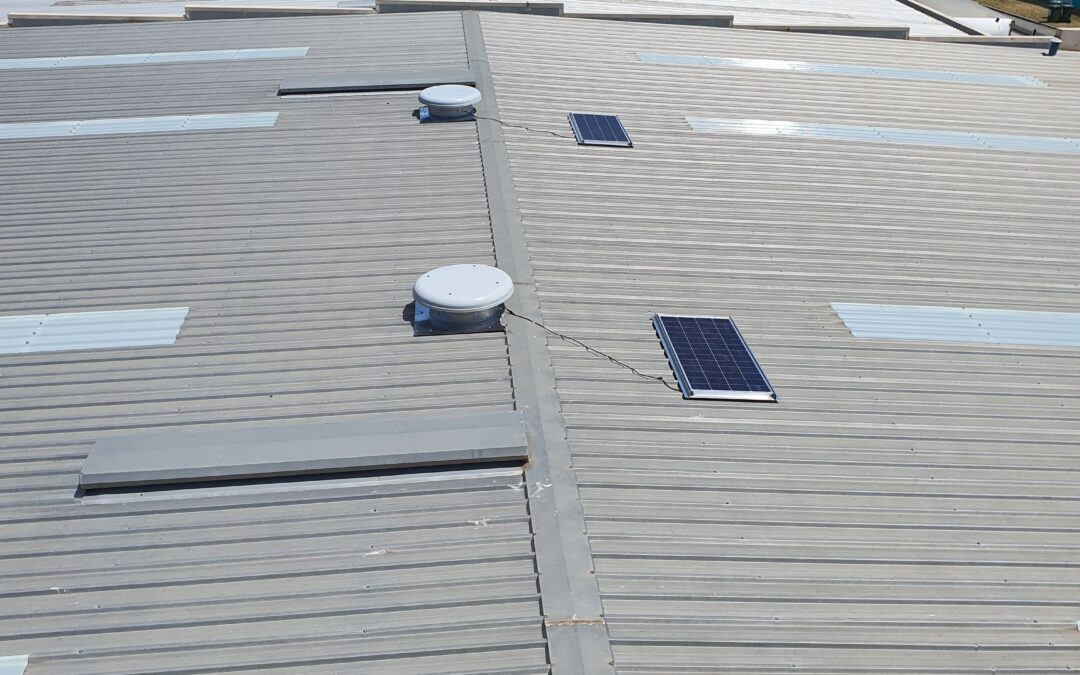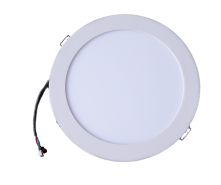Contents
- Introduction
- Benefits of Using Roof Fans in Different Settings
- Considerations Before Installing Roof Fans
- Advantages of Installing Roof Fans
- Maintenance of Roof Fans
- Conclusion
- Key Takeaways
- Frequently Asked Questions
Introduction
Roof fans are an efficient and cost-effective solution for providing ventilation and maintaining a comfortable environment in different settings. In this post, we will discuss the purpose and benefits of roof fans, their application in various settings, considerations before installation, advantages of installation, as well as maintenance.
Benefits of Using Roof Fans in Different Settings
Roof fans provide various benefits in different settings, such as:
Residential Settings
Roof fans improve indoor air quality by providing a more comfortable environment, as result of better temperature control and reduced moisture levels and improved air circulation, all leading to a more enjoyable and healthier indoor environment. High moisture levels may also lead to mould growth and structural damage
Commercial Settings
Roof fans increase employee productivity by expelling stale air and replacing it with fresh air from outside, resulting in improved indoor air quality. Roof fan also reduces energy costs by minimising the need for air conditioning, and increasing comfort by ensuring ongoing air exchange.
Industrial Settings
Roof fans are essential for industrial ventilation, removing harmful fumes and odors, and reducing heat buildup in large industrial spaces, ensuring compliance with health and safety regulations.
Agricultural Settings
Roof fan enhances air quality for animals, reduce humidity, and lower the risk of respiratory illnesses, leading to a healthier and more productive environment for livestock.
Educational Settings
Roof fan improves air quality for students and teachers, reduce absenteeism due to illness, and lifting learning outcomes by providing a comfortable and healthy environment for education.
Sports Facilities
Roof fans can be particularly beneficial in sports facilities, e.g. gyms and basketball stadiums, as they improve air circulation and promote a more comfortable and healthier environment for athletes and spectators alike. They also help regulate temperature and reduce moisture buildup, which can lead to unpleasant odours and the growth of harmful bacteria. In short, roof fans create a more enjoyable and hygienic experience for everyone involved.
Considerations Before Installing Roof Fans
Before installing a fan for your roof, it’s essential to consider various factors such as:
Building Size and Ventilation Needs
Determine the number of air changes required and the amount of roof fans needed to ensure optimal ventilation for the building based on the volume and capacity of the roof fans considered.
Environmental Conditions
Consider factors such as climate, as well as the sun’s positioning (if it is solar-powered) in relation to the roof fan’s location, and other environmental factors that may affect the fan’s performance.
Noise Level
Consider the noise level of the roof fan and ensure it meets any applicable noise regulations.
Energy Efficiency
Choose an energy-efficient roof fan that will reduce energy costs and minimise environmental impact.
Advantages of Installing Roof Fans
A Roof fan offers several advantages, including:
Improved Indoor Air Quality
Roof fans circulate fresh air into the building, reducing the concentration of pollutants and improving indoor air quality.
Enhanced Comfort
Roof fans replace air more effectively, improving comfort levels in the building by extacting hot and stale airf from the top of the building.
Reduced Energy Costs
Roof fans reduce the need for air conditioning, leading to significant energy savings and cost reduction.
Compliance with Regulations
Installing roof fans ensures compliance with regulations regarding ventilation (air changes, air quality, and workplace health and safety.
Maintenance of Roof Fans
To ensure optimal performance and longevity of roof fans, regular maintenance is necessary. Some maintenance tips include:
Cleaning the Fan Blades
Regularly cleaning the fan blades helps to remove dust and debris, ensuring that the fan operates at peak performance.
Inspecting Electrical Connections
Checking electrical connections regularly ensures that the roof fan is receiving power and operating safely, if it is electrically powered.
Lubrication
Lubricating the motor and bearings as per the manufacturers instructions helps ensure that the fan operates smoothly and quietly.
Conclusion
Roof fans are a practical and cost-effective solution for providing ventilation, improving air quality, and creating a comfortable environment in different settings. Before choosing and installing a roof fan, it’s crucial to get advice from a ventilation expert to ensure you get the correct fan for the size and purpose of the building. Recommended preventative maintenance ensures optimal performance and longevity of the roof fan, making it a worthwhile investment for any building owner.
Key Takeaways
- Roof fans provide ventilation and maintain a comfortable environment in various settings such as residential, commercial, industrial, agricultural, and educational.
- Before installing a roof fan, consider factors such as building size and purpose, ventilation needs, environmental conditions and energy efficiency.
- Installing roof fans can lead to several benefits such as improved indoor air quality, enhanced comfort, reduced energy costs, and compliance with regulations.
- Recommended maintenance of roof fans is crucial for optimal performance and longevity.
- Roof fans are a practical and cost-effective solution for ventilation and can improve air quality in many different settings.




